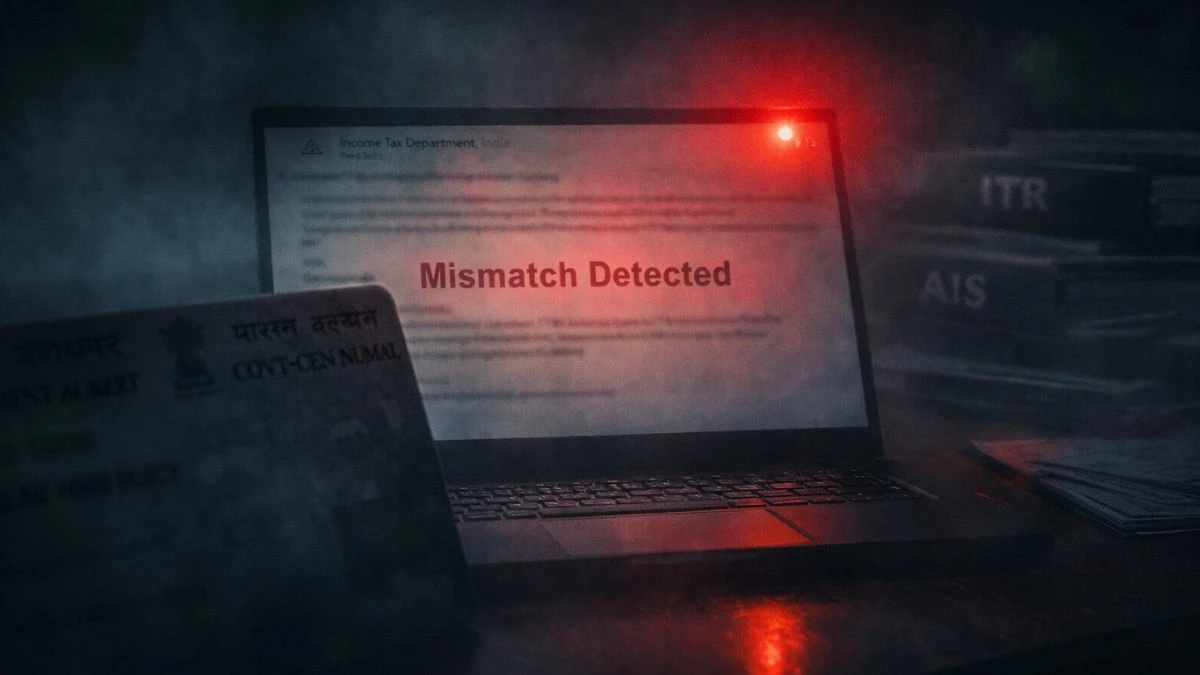
When it comes to tax savings in India, Life Insurance Corporation (LIC) policies have been a household name for decades. Whether it’s for long-term savings, life cover, or retirement planning, LIC plays a significant role in helping taxpayers claim deductions and reduce their taxable income. But the most common question people have is – “LIC comes under which section of income tax?”
The answer is simple yet powerful — LIC premium payments qualify for deductions under Section 80C of the Income Tax Act. This means you can lower your tax liability while also securing your family’s financial future. Let’s dive deeper into the details of this section, understand the limits, eligibility, and benefits, and clear common doubts.
Understanding Section 80C of Income Tax Act
Section 80C of Income Tax Act is one of the most widely used provisions for tax savings. It allows individuals and Hindu Undivided Families (HUFs) to claim deductions on various investments and expenses, including LIC premium payments. The maximum deduction limit under Section 80C is ₹1.5 lakh per financial year.
This means that if you are paying premiums for your LIC policy — whether it’s a term plan, endowment policy, ULIP, or money-back plan — you can claim the amount paid (subject to the limit) as a deduction from your total taxable income.
LIC Premium Comes Under Which Section of Income Tax?
LIC comes under Section 80C. However, there are a few important conditions to keep in mind:
- Policyholder & Life Insured – The deduction is allowed if the policy is in your name, your spouse’s name, or your child’s name (dependent or independent, married or unmarried).
- Premium Payment Mode – The deduction is available only if the premium is actually paid (not on outstanding amounts).
- Policy Type – Term insurance, money-back plans, ULIPs, & endowment policies from LIC all qualify under Section 80C.
LIC Policy Income Tax Section – How Much Can You Save?
Under LIC income tax section 80C, you can claim up to ₹1.5 lakh in a financial year, but remember, this is the combined limit for all eligible investments under Section 80C (like PPF, ELSS, NSC, home loan principal repayment, etc.).
For example:
If you pay ₹90,000 as LIC premium and invest ₹70,000 in PPF, your total claim will be ₹1.5 lakh (even though your total investment is ₹1.6 lakh).
Also Read: The ₹1.5 Lakh Tax-Saving Secret Most Taxpayers Miss!
LIC Maturity Income Tax Section – Is It Tax-Free?
While LIC premium qualifies for a deduction under Section 80C, the maturity proceeds of your LIC policy may also be tax-free under Section 10(10D), subject to conditions:
- The premium should not exceed 10% of the sum assured for policies issued after 1 April 2012.
- The premium should not exceed 20% of the sum assured for policies issued before 1 April 2012.
If these conditions are met, the maturity amount (including bonuses) is exempt from tax.
LIC Deduction in Income Tax Section – Eligibility & Conditions
Here are the key eligibility points for LIC deduction in income tax section 80C:
- Available to Individuals and HUFs
- The policy should be taken from Life Insurance Corporation of India (LIC) or any other approved insurer."
- The maximum deduction allowed is ₹1.5 lakh per year.
- The benefit is available for both resident & non-resident Indians (NRIs).
LIC Premium Tax Section – Things to Avoid
While claiming deduction for LIC premiums, avoid these common mistakes:
- Paying premiums in cash – This is allowed, but for record purposes, paying via cheque, net banking, or UPI is recommended.
- Claiming deduction for someone else’s policy – Only policies in your name, your spouse’s, or your child’s name are eligible.
- Not keeping proof – Always keep the premium receipts for future reference or in case of an income tax notice.
Also Read: Bima Sugam Portal – One Click to Access All Your Insurance Policies Online
LIC Income Tax Deduction Section – Example
Let’s say you have a LIC policy with an annual premium of ₹1,20,000. You also invest ₹50,000 in a Public Provident Fund (PPF). Under Section 80C, your total claimable deduction will be ₹1,50,000 (the upper limit), even though your total investment is ₹1,70,000.
This simple example shows how LIC premiums help you reach the maximum tax saving limit quickly while providing insurance coverage.
Public Provident Fund and LIC – Combined Benefits
People often wonder if both “Public Provident Fund exemption” & LIC deduction, can be claimed together. The answer is YES. Both LIC premium and PPF contributions fall under Section 80C, but the combined limit remains ₹1.5 lakh.
A smart taxpayer often uses a mix of LIC premiums and PPF investments to balance risk protection and assured returns.
LIC Policy Comes Under Which Section in ITR?
While filing your ITR, you need to report LIC premiums in the Section 80C schedule. The ITR form specifically asks for “Life insurance premium” under the deductions section. Ensure you enter the total amount paid in the relevant column to get the deduction benefit.
LIC Commission Income Tax Section – For Agents
If you are a LIC agent, note that LIC commission income is taxable under “Income from Business or Profession” and not under Section 80C. However, agents can claim business-related expenses while computing taxable income.
Also Read: Section 8 of Income Tax Act – The Clause That Defines Your Income Sources
Why LIC is a Popular Tax-Saving Option in India
- Guaranteed Returns & Life Cover – Unlike market-linked products, LIC offers safety with insurance benefits.
- Wide Policy Range – From term plans to endowment policies, there’s something for everyone.
- Tax Savings – Immediate benefit under Section 80C and potential exemption under Section 10(10D).
- Trust Factor – Being a government-backed entity, LIC enjoys a high level of trust among Indian taxpayers."
Final Words
When it comes to LIC income tax section, the key takeaway is — LIC premiums qualify for deductions under Section 80C of Income Tax Act, and in many cases, maturity proceeds can be tax-free under Section 10(10D). Whether you’re looking for life cover, savings, or a retirement plan, LIC policies are a reliable option that also helps you save tax every year.
If you’re confused about LIC premium comes under which section of income tax or need expert help in filing your ITR with all eligible deductions, you don’t have to figure it out alone — our tax experts at Callmyca.com can ensure you claim every possible benefit while staying 100% compliant.











